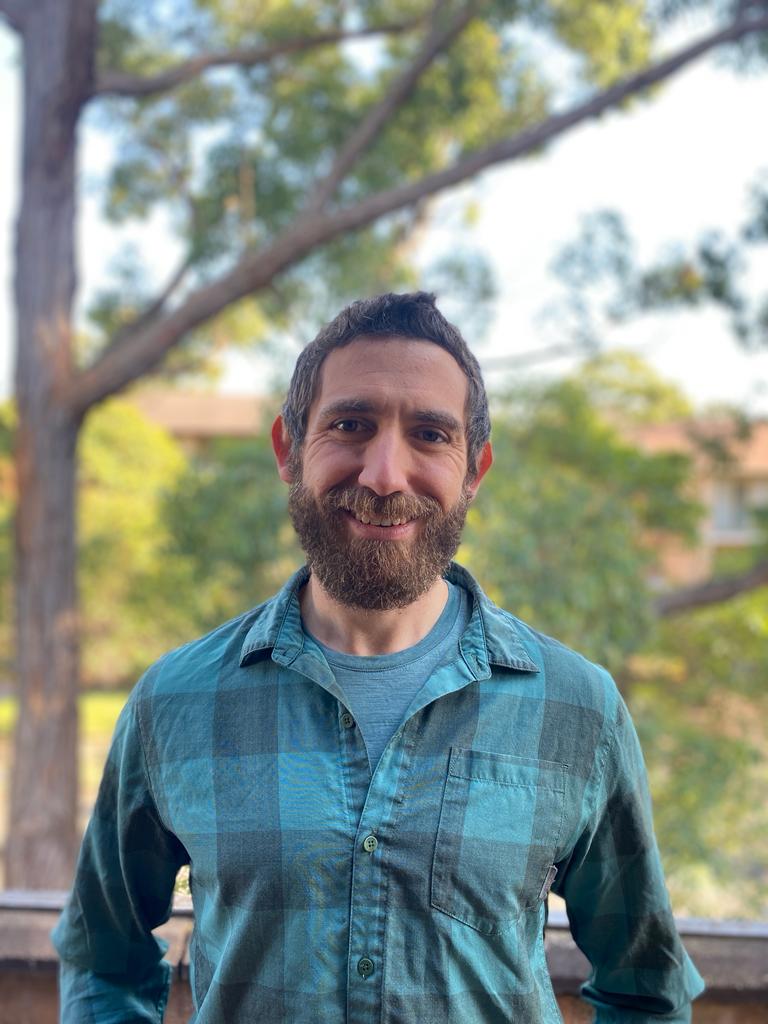Abstract
A precise temporal framework that situates archaeological materials within their spatial, environmental, and social contexts is necessary to accurately interpret past human behaviour. However, many archaeological sites remain difficult to date due to a lack of dateable material or stratigraphic associations with dateable materials. Luminescence rock surface burial and exposure dating approaches hold enormous potential to address this gap in the archaeological sciences. These methods can be used to determine how and when lithic clasts (including artefacts) have been sequentially buried and exposed to sunlight, thereby enabling the dating of previously undatable archaeological site types. Studies have already used these approaches to overcome limitations of classical dating methods to constrain the ages of lithic artefact discard and post-depositional movement at surface artefact scatter sites, to chronologically constrain rock art production by dating rock fall and exposure events, as well as dating a variety of rock-based archaeological features such as pavements, petroforms, megalithic structures, and walls.

This talk will present an up-to-date review of luminescence rock surface dating methods. The underlying principles and applications of the methods will be introduced and illustrated with a series of case studies. We will discuss ongoing work attempting to use luminescence to directly date rock engravings, buried artefacts, megalithic stone structures, and silcrete and chert artefacts.
About the Presenter
 Luke Gliganic is a geoarchaeologist by training and a Research Fellow at the University of Wollongong in Australia. His research focus is on developing and using novel luminescence-based approaches to date complex, difficult-to-date sites. He has developed and applied luminescence rock surface dating (LRSD) approaches to directly date lithic quarrying activity and artefact discard at an open scatter site in Tibet. He has also developed methods to date stone arrangement construction and maintenance, determine ages and mixing rates in mixed sandy deposits, and has deep experience applying classical sediment OSL burial dating in geo- and archaeological contexts. His current work is focussed on using LRSD approaches to date rock engravings and stone structures in Western Australia, buried artefacts at a Middle Stone Age site in South Africa, and explore potential LRSD applications using silcretes and cherts.
Luke Gliganic is a geoarchaeologist by training and a Research Fellow at the University of Wollongong in Australia. His research focus is on developing and using novel luminescence-based approaches to date complex, difficult-to-date sites. He has developed and applied luminescence rock surface dating (LRSD) approaches to directly date lithic quarrying activity and artefact discard at an open scatter site in Tibet. He has also developed methods to date stone arrangement construction and maintenance, determine ages and mixing rates in mixed sandy deposits, and has deep experience applying classical sediment OSL burial dating in geo- and archaeological contexts. His current work is focussed on using LRSD approaches to date rock engravings and stone structures in Western Australia, buried artefacts at a Middle Stone Age site in South Africa, and explore potential LRSD applications using silcretes and cherts.
About Archaeology Working Papers
The Working Papers in Archaeology seminar series provides a forum for dissemination of archaeological research and ideas amongst UQ archaeology students and staff. All students are invited to attend the series and postgraduate students, from honours upwards, are invited to present their research. The aim is to provide opportunities for students, staff and those from outside UQ, to present and discuss their work in an informal environment. It is hoped that anyone interested in current archaeological directions, both within and outside the School and University, will be able to attend and contribute to the series.
